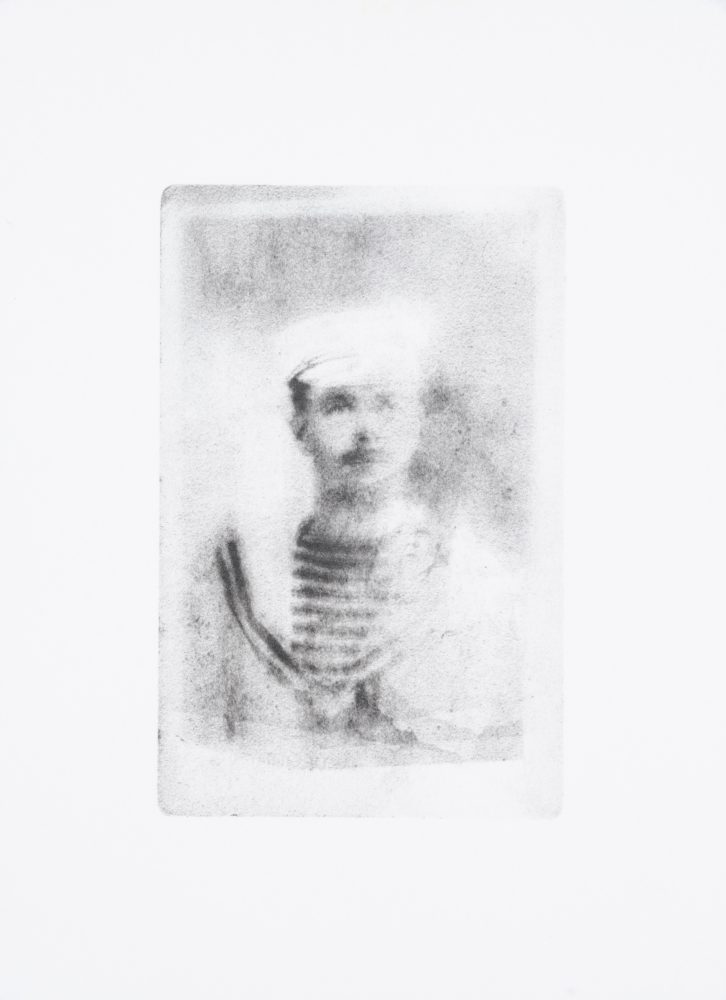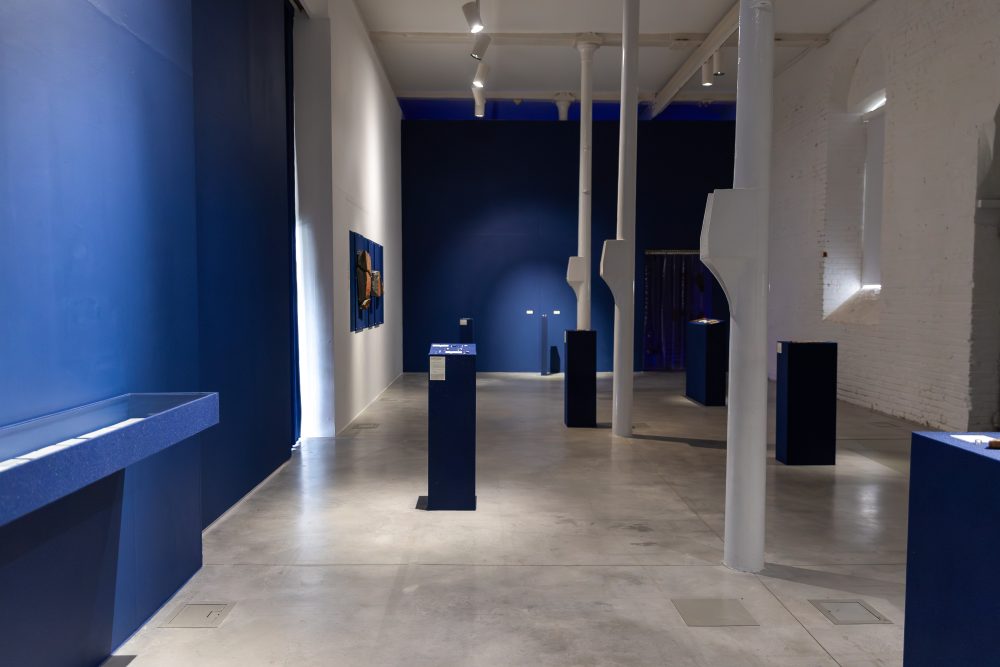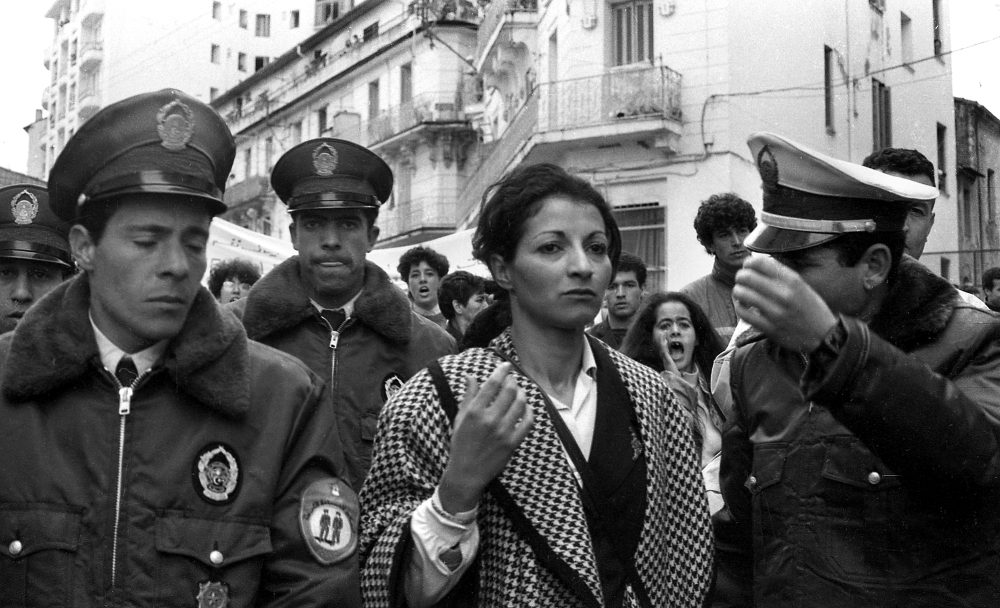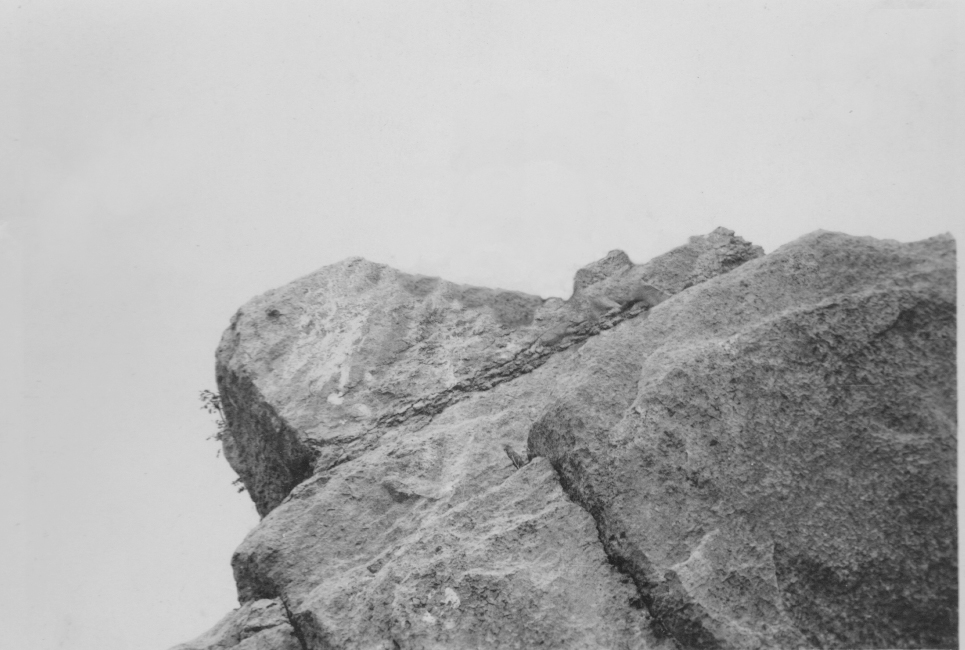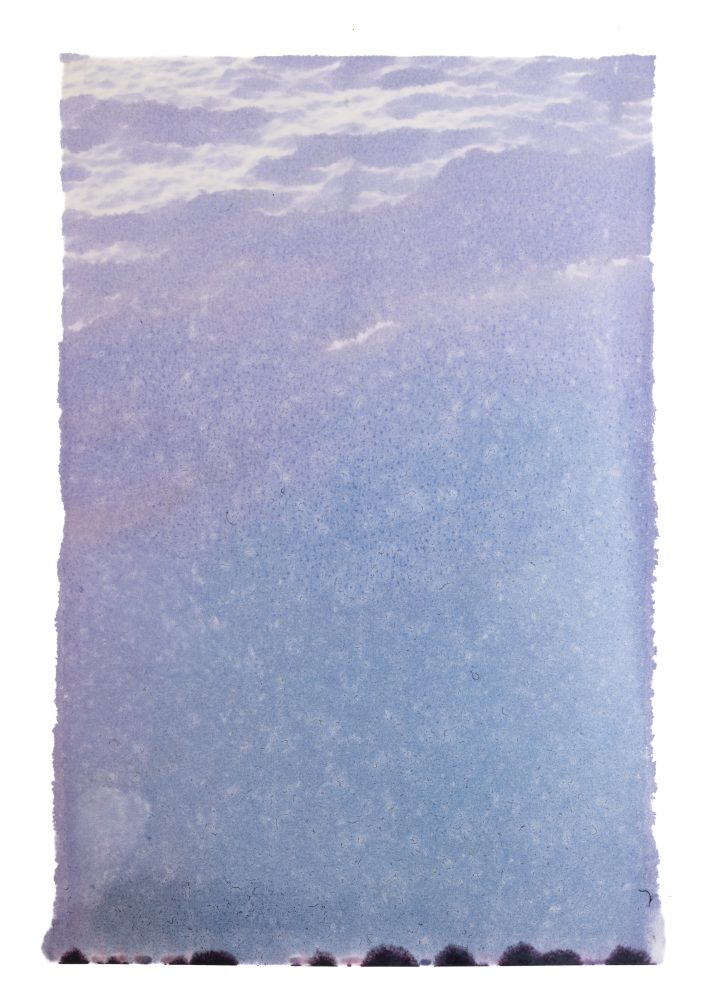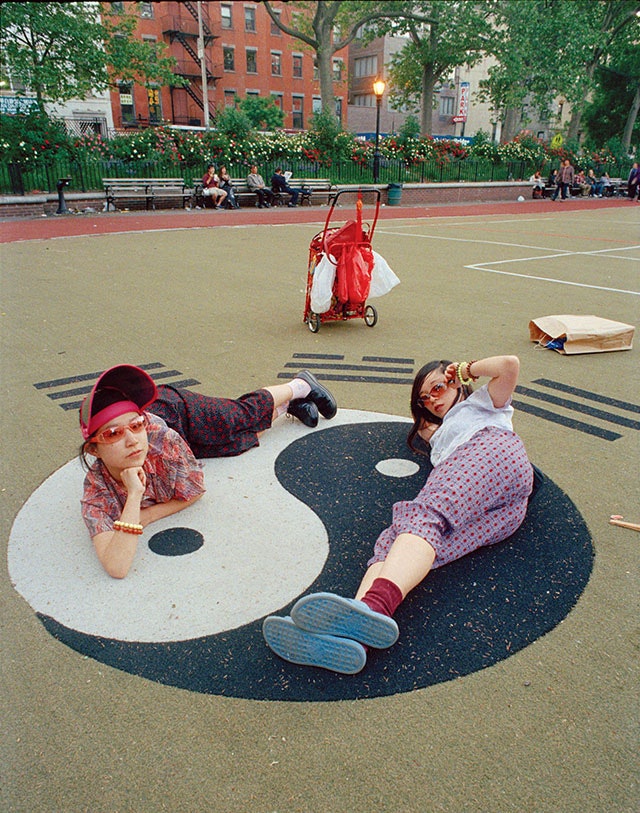#28 Ageing
For this issue, we look at how ageing transforms everything: bodies, memories, even the photograph itself. Prints fade, images decay, yet the frame still holds a world that has gone. Photography resists ageing by fixing a moment, but it also reveals it, reminding us that nothing lasts. It is both memory and loss at once.
Featuring writing from: Hannah Geddes, Lucy Rogers, Nadia Yahlom, Oluwatobiloba Ajayi.
Community submission artist: Andy Mattern.
Read editor's noteIt was the last days of July when I first met Rosy Martin, during a workshop on writing and photography. I had long admired her work, especially her collaborations with Jo Spence. To meet one’s peers is both inspiring and humbling. She told me she had read my earlier editor’s note in Photography and Power and had enjoyed it. Praise is pleasant, though better when mixed with criticism. In response to that note, Rosy said: “I was so dedicated to the fight for feminism and queer liberation that I never thought about ageing. Now I am ageing, and no one ever talks about it.”
Photography is a powerful tool, but ageing dissolves everything. A project once urgent can lose its meaning. At other times, age gives it a new perspective. Nick Ut’s The Terror of War no longer shocks us as it did in the 1970s. Rosy Martin’s work for queer liberation is no longer at the centre of the news cycle, though it keeps its importance. Time lays its dust on all things, cooling the fires into the grey of our hair.
Ageing also marks the photograph itself. A picture of your grandmother at a birthday party, smiling with her daughter while the room dances, keeps its beauty thirty years later. The camera defies physics, but not forever. Paper yellows, prints fade, and nothing escapes. Time does not freeze, even inside a photograph.
For this issue, we look at how ageing transforms everything: bodies, memories, even the photograph itself. Prints fade, images decay, yet the frame still holds a world that has gone. Photography resists ageing by fixing a moment, but it also reveals it, reminding us that nothing lasts. It is both memory and loss at once.
Hannah Geddes, Photoworks’ Writer in Residence, reflects on impermanence, tactility, and decay in photography. She traces how artists embrace ageing, fragility, and decomposition as part of the image’s life cycle. In resisting the impulse to preserve and control, these practices open up more sustainable and intimate ways of caring for photographs, finding beauty in their vulnerability and transformation.
In collaboration with Aspex Portsmouth, Writer in Residence Oluwatobiloba Ajayi writes on Ebun Sodipo’s Traces of the Non-Existent, an imagined museum that gathers fragments of erased Black trans histories. Ajayi asks how we commemorate lives when only traces remain, and how objects, memories, and stories persist–or slip away–through time.
Lucy Rogers turns to ageing in the lives of women artists whose work gained recognition later, and to the space this belated attention opens. She also looks at Leslie Hakim Dowek’s Index of Objects, where the preserved belongings of the artist’s late mother become repositories of memory and desire, tracing femininity across decades.
Co-published with Trigger 6: Assemblies, Nadia Yahlom’s essay Archiving Women’s Assemblies examines the Archives des luttes des femmes en Algérie, a collection of over seven hundred items documenting Algerian women’s resistance. She shows how archiving resists the “dustbins of memory,” preserving political struggle and everyday gestures that ageing might erase.
And as always, we invited the Photography+ community to share work on the theme of ageing. This edition features Ghost by Andy Mattern.
This issue of Photography+ is dedicated to Rosy Martin. It was her words that first turned me to ageing–how it touches our struggles, our images, and ourselves. Time lays its dust on everything, yet even as it dims, a photograph still carries us for a while longer.
Editor
Amin Yousefi
